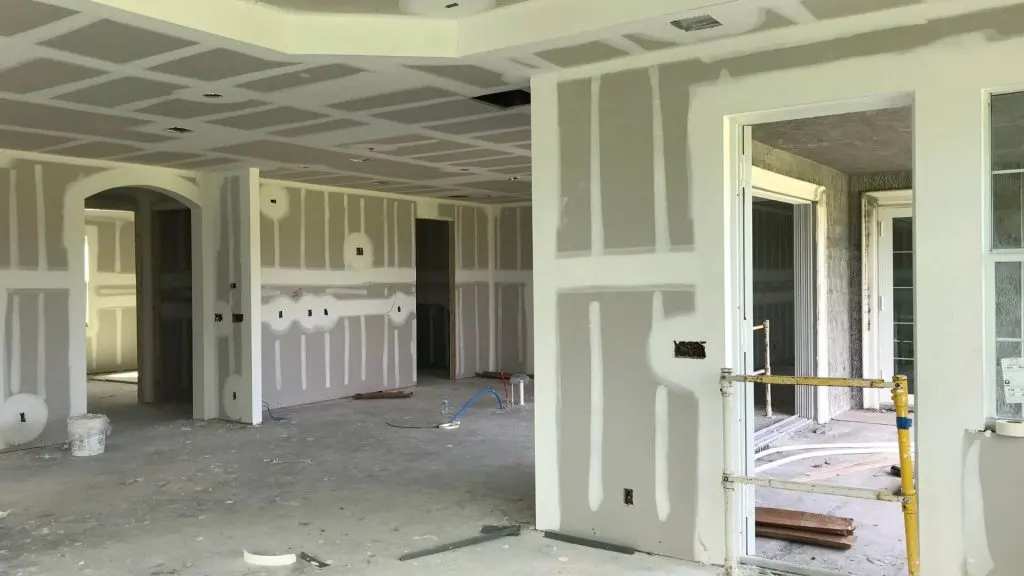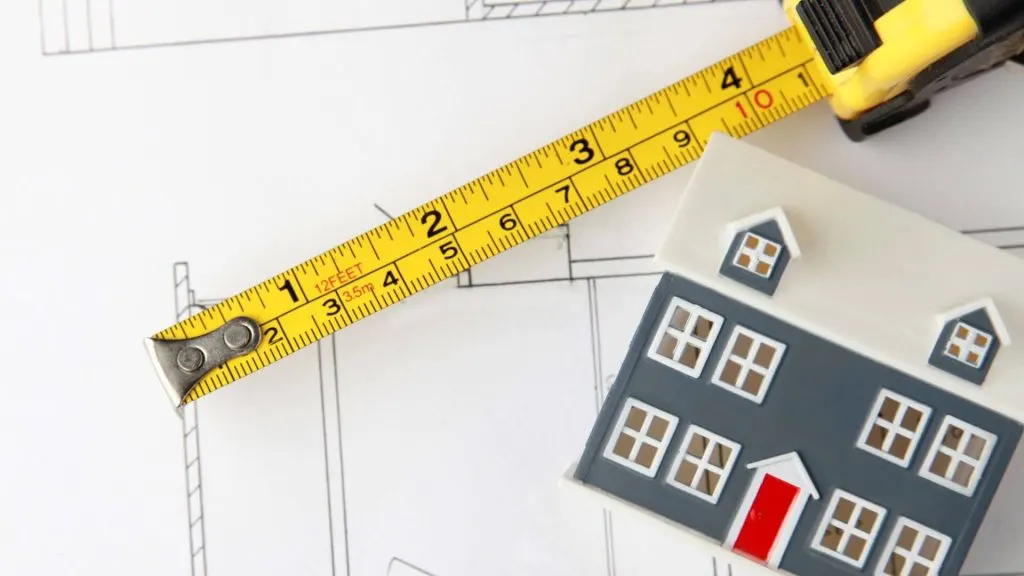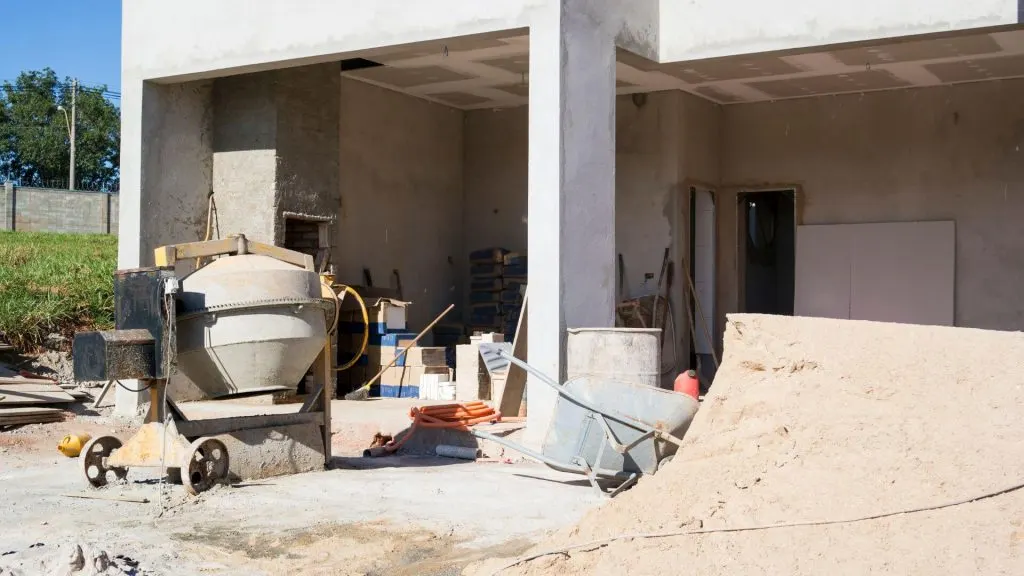Efficiency and cost-effectiveness are key components for any construction project’s success, especially when it comes to the installation of digitrak f5 transmitters. The construction industry involves a lot of moving parts, and optimizing every one of them can help save on costs, avoid delays, and improve the overall efficiency of the project. The need for cost-effective construction strategies has become even more vital in recent years as the cost of materials and labor continues to rise. Therefore, it is essential to utilize practical strategies to reduce expenses while still producing quality results in the installation and operation of digitrak f5 transmitters.
These strategies will range from pre-construction planning to post-construction maintenance. We’ll discuss how to handle staffing costs, vendor relationships, procurement strategies, scheduling, and other factors that can influence construction costs. If you want to maintain cost-efficiency in your construction projects, Lakeside Hire is here to help you.
To learn about essential strategies for improving cost efficiency during construction processes, especially in terms of securing necessary construction bonds, read more here to enhance your financial planning, and streamline your construction projects.

Identify Areas of Improvement
Identifying areas of improvement is the first step towards achieving cost efficiency during construction processes. This strategy involves a thorough analysis of the project plan, resources and materials used, and workforce efficiency. It is critical to identify areas where the project plan can be streamlined or where the use of resources can be optimized. By analyzing past projects, construction managers can identify common issues and implement changes to improve the overall efficiency of the construction process.
This strategy necessitates a collaborative effort between all stakeholders, from construction managers to site engineers, project managers, and other relevant parties, to identify areas that require attention and continuous improvement. The benefits of this strategy are twofold: it helps to reduce construction costs while improving the overall quality of the project.
Research Best Practices for Cost Efficiency
One of the most important strategies for improving cost efficiency during construction processes is conducting thorough research on best practices. You can adopt the most cost-effective approaches and minimize expenses by researching the best practices. The construction industry constantly evolves, with new technologies, materials, and methods always emerging. This is why staying updated with the latest industry practices and trends is crucial.
You can adopt the most cost-effective approaches and minimize expenses by researching the best practices and integrating the wisdom found in construction quotes into your projects. This diligent approach not only saves money but also ensures that your construction endeavors are built on a foundation of tried-and-true principles.
Additionally, by researching best practices, you will gain insights into how other successful construction projects have achieved cost efficiency in the past. This will allow you to imitate the best strategies and avoid mistakes that could lead to higher costs. Therefore, it is highly recommended to dedicate ample time to researching best practices before embarking on any construction project.

Utilize Connected Devices and Sensors
One effective way to improve cost efficiency during construction is to utilize connected devices and sensors. Connected devices such as smartphones, tablets, and wearables have become commonplace on construction sites and can be used to collect and share information in real-time. Similarly, sensors can be embedded in equipment and materials to monitor their usage, track their location, and gather data on performance, usage patterns, and potential maintenance needs.
Integrate Data Analytics Solutions Into Processes
Integrating data analytics solutions into construction processes is a key strategy to improve cost efficiency. Construction companies can identify inefficiencies, reduce waste, and optimize their workflows by gathering data on construction activities and analyzing them using data analytics tools. For example, data analytics can help identify patterns in worker productivity, allowing companies to manage their workforce better and allocate resources more effectively.
Similarly, it can detect potential delays or bottlenecks in the construction process, enabling proactive intervention to prevent costly delays. Integrating data analytics into construction processes enables companies to make more informed decisions, optimize operations, and improve cost efficiency.
Optimize Equipment and Resource Utilization
Optimizing equipment and resource utilization is crucial for improving cost efficiency during construction processes. Equipment and resources represent significant expenses in any construction project, and by reducing their inefficiencies, construction companies can save a considerable amount of money. By analyzing data on current usage patterns, companies can determine where equipment and human resources are being underutilized and make necessary adjustments to improve efficiency.
This analysis should be ongoing as new technologies and processes may introduce opportunities for further optimization. Proper equipment maintenance is also essential for optimizing its performance and reducing repair and maintenance costs. Training employees to use the equipment and resources properly can minimize the likelihood of damage or waste. By implementing these strategies, companies can more effectively and efficiently manage their resources, resulting in cost savings and sustainable construction practices.

Analyze Cost Variations and Make Appropriate Modifications
During work, it is essential to monitor costs regularly and analyze any unexpected increases in costs. By doing so, construction companies can identify areas where they are overspending and take corrective measures. Additionally, analyzing cost variations helps ensure that no hidden expenses could negatively impact overall profitability.
When analyzing cost variations, it is important to consider various factors, such as labor, materials, and overhead costs. Additionally, modifying workflows can help to reduce certain costs or increase efficiency in certain areas. For example, if materials cost more than expected, switching suppliers or using a different material may help reduce costs.
In Conclusion
Improving cost efficiency during construction requires a combination of strategies, including careful planning, effective communication, regular monitoring, and innovative technologies. By implementing these strategies, construction companies can reduce waste, improve productivity, and ensure timely project completion within budget. While the cost-efficient construction process may require some initial investment and effort, the benefits are clear: reduced costs, increased profitability, and improved client satisfaction. Successfully implementing cost-efficient strategies enables construction companies to remain competitive and thrive in today’s dynamic marketplace.

Jessi is the creative mind behind The Coffee Mom, a popular blog that combines parenting advice, travel tips, and a love for all things Disney. As a trusted Disney influencer and passionate storyteller, Jessi’s authentic insights and relatable content resonate with readers worldwide.
